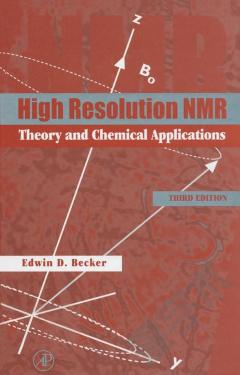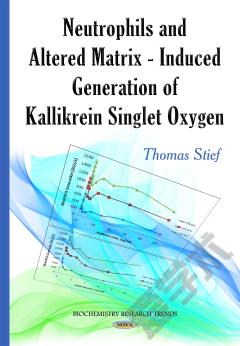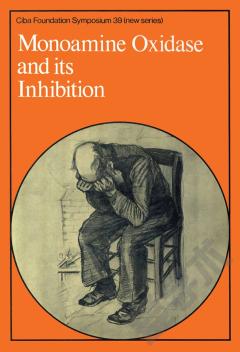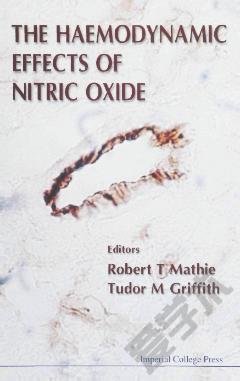Thrombin and Singlet Oxygen (1ΔO2*) Main Factors of Hemostasis
Neutrophil granulocytes (PMN) are our primary defense cells against bacteria, fungi, parasites, or micro-thrombi. Their main weapons and signals are the reactive oxygen species (ROS), H2O2 being mother ROS, radicalic •OH and non-radicalic 1ΔO2* being the two daughter ROS. 1ΔO2* is the most important ROS because it is harmful against “non-self” and harmless against “self”. 1ΔO2* is highly reactive against S-H, S-S, or C=C groups and releases photons (hν). The activation of the assembly of their NADPH-oxidase, one main trigger (zymosan A) and one main primer (1ΔO2*/hv) are of great physiological and pathophysiological importance in inflammation and in hemostasis. There is photonic communication: the neutrophils generate different types of photons and they can “see” them in other cells. The approximate 300-400 nm photons are the main signals and the photons of lowest wave length seem to especially alert them in emergency. The present book examines further research on the respective altered matrix (AM=intrinsic=contact phase) - coagulation and regulation of the neutrophil´s ROS generation by important substances, e.g. singlet oxygen (the excited “pro-drug” of photons), or photons. 1ΔO2* releases a photon by ● dimol emission (634 nm red fluorescence, by collision of two 1ΔO2* molecules), ● monomol emission (1270 nm near infra-red phosphorescence, spontaneous), ● excited carbonyl (R-C=O*) emission (around 400 nm, after alkene oxidation); this emission is shifted to higher wavelenghts by certain atoms such as fluor or phosphor. PMN are activated by kallikrein, generated in AM-coagulation activation. The best way to quantify intrinsic thrombin generation/blood ROS modulation of xenobiotics (drugs or physiologic substances at unphysiologic concentrations) is to perform a recalcified coagulation activity assay (RECA) or a contact phase assay (CPA) in combination with the blood ROS generation assay (BRGA). (Imprint: Nova Biomedical)
{{comment.content}}








 京公网安备 11010802027623号
京公网安备 11010802027623号